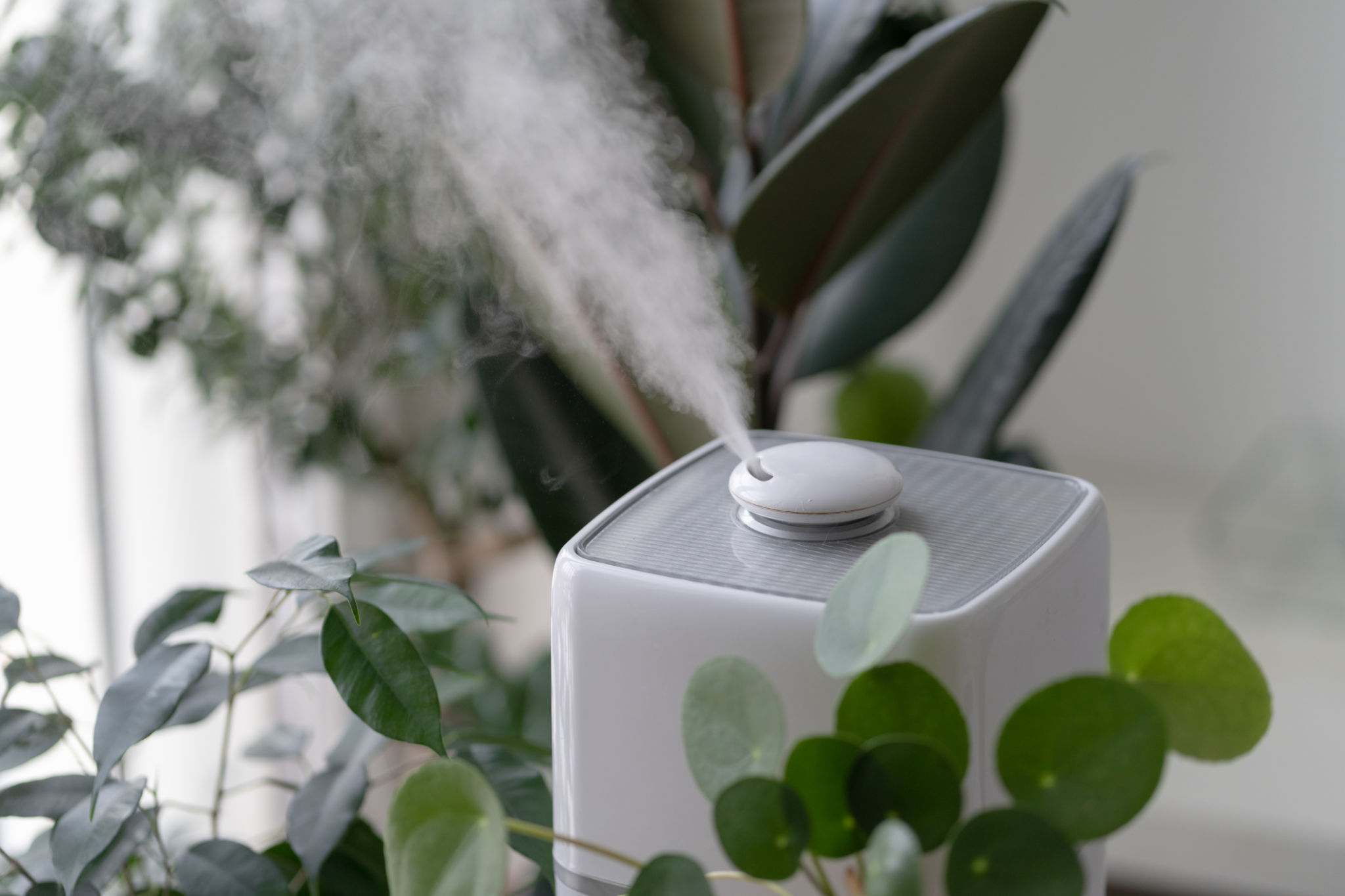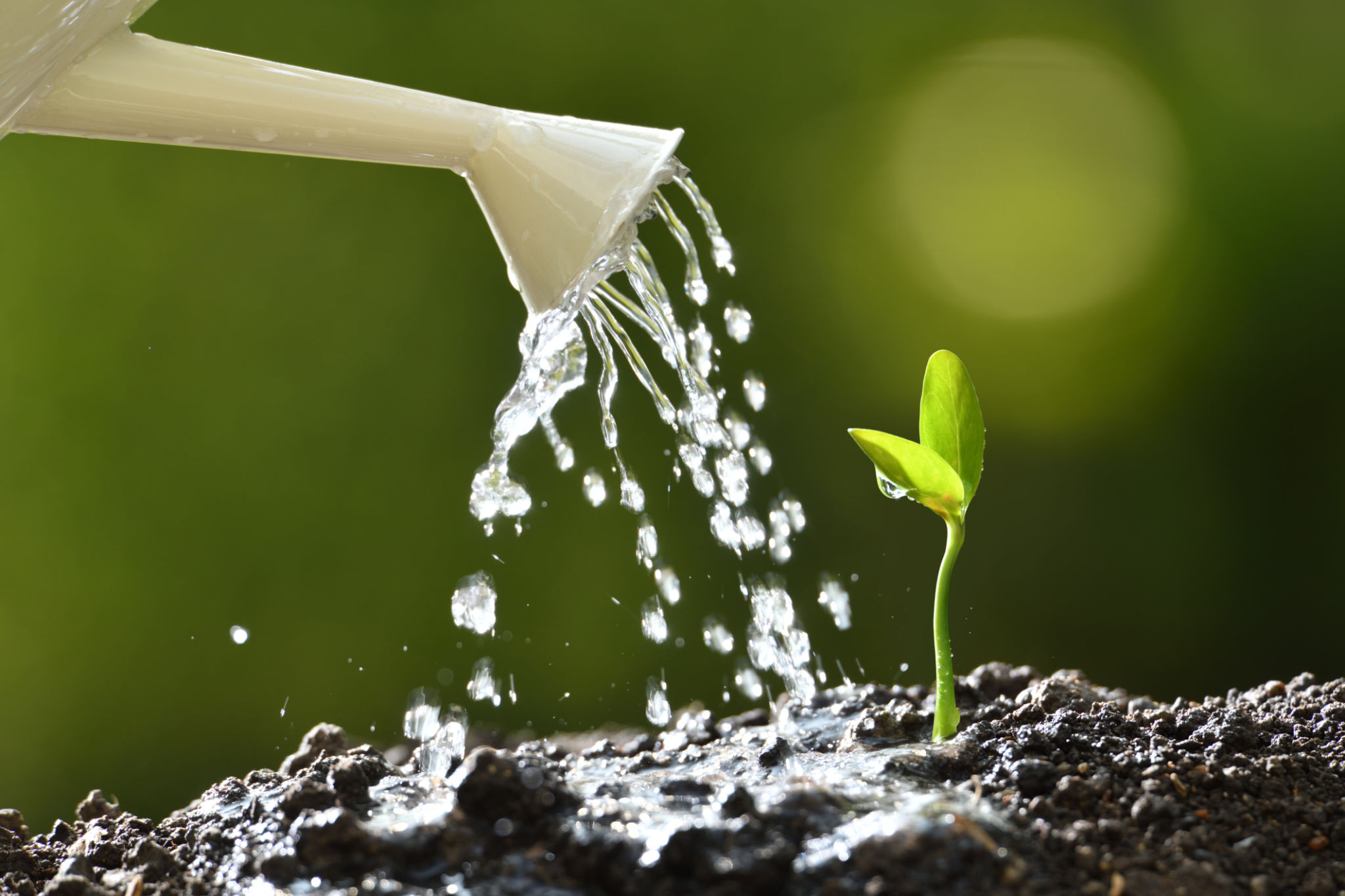Seasonal Office Plant Care: Preparing Your Toronto Office for Winter
Understanding the Needs of Your Office Plants
As winter approaches, it’s essential to understand the unique needs of your office plants. Indoor plants require specific care to thrive, especially in the colder months. The decrease in natural light and changes in temperature and humidity can significantly impact plant health. Knowing these factors will help maintain a vibrant and healthy office environment.
Office plants not only enhance aesthetic appeal but also improve air quality and boost employee morale. Therefore, taking the time to care for them during the winter can offer long-term benefits for both the plants and your team. Let’s explore some effective strategies to prepare your Toronto office plants for the winter season.

Adjusting Light Exposure
During winter, shorter days and overcast skies reduce the amount of natural light available to your office plants. Consider relocating plants closer to windows to maximize sunlight exposure. If natural light is insufficient, investing in grow lights can provide the necessary light spectrum for photosynthesis.
Choosing the Right Window
Not all windows offer the same benefits. South-facing windows typically receive the most sunlight throughout the day, making them ideal for light-loving plants. However, be cautious of cold drafts that may seep through windows and affect plant health.

Regulating Temperature and Humidity
Changes in indoor temperature can stress plants. Ensure that plants are positioned away from heating vents or radiators to prevent overheating and drying out. Maintaining a consistent temperature between 18-24°C (65-75°F) is ideal for most office plants.
Increasing Humidity
Heated indoor environments often have low humidity, which can be detrimental to plant health. To counter this, consider using a humidifier or placing a shallow tray of water near your plants to increase moisture levels. Grouping plants together can also help retain humidity around them.

Watering Wisely
Watering needs change during winter. With reduced growth rates, most plants require less water. Overwatering can lead to root rot, so it’s crucial to check soil moisture levels before watering. Allow the top inch of soil to dry out before adding more water.
Signs of Overwatering
Look for signs such as yellowing leaves, moldy soil, or a musty smell, which indicate overwatering. Adjust your watering schedule accordingly to prevent these issues and ensure healthy plant growth.

Nourishing with Fertilizer
During winter, it’s best to reduce or even stop fertilizing most office plants. Since their growth slows down, they require fewer nutrients. Over-fertilizing can lead to salt build-up in the soil, which can harm plant roots.
Resuming Fertilization
As spring approaches and daylight increases, gradually resume your usual fertilization routine. This will support new growth as plants exit their dormant state and begin to thrive again.
Pruning and Cleaning
Regular pruning helps maintain plant shape and encourages new growth. Remove any dead or yellowing leaves to promote healthy development. It’s also a good time to dust leaves gently with a damp cloth to maximize photosynthesis efficiency.
Caring for your office plants during winter requires a bit of extra attention, but the rewards are well worth the effort. By adapting your plant care routine to meet seasonal needs, you can ensure that your office remains a green and inviting space all year round.
